Monkey Shoulder Blended Malt Scotch Whisky
$28.99
750 mL in size
Proof86 (43% ABV)
*Please be aware that this bottle’s ABV may fluctuate.
This Scotch, which is made by vatting three distinct single malt whiskies, has won multiple awards, including the Gold Medal at the International Wine & Spirits Competition for three years in a row and the International Spirits Competition for six years in a row.
Monkey Shoulder Scotch
monkey shoulder bourbon Blended Malt Scotch Whisky honors the excellence and handiwork of the maltmen who endured hardships to create exceptional whisky. Three distinct single malt whiskies—Glenfiddich, Balvenie, and Kininvie—produced at three separate distilleries in the Speyside are combined to create Monkey Shoulder Scotch.
William Grant established the Glenfiddich Distillery in 1886, which is located in the glen of the River Fiddich. Specially obtained barley is ground into a coarse flour and mashed with Robbie Dhu springwater to create Glenfiddich Single Malt Whisky. After that, the grains are fermented in Douglas Fir tanks. Before the heart of the distillate is cut and ready for age, the wash is twice-distilled via Glenfiddich’s copper-pot stills (the distillery has a craftsman on site to care for the stills, which are distinctive in size and shape) after fermentation.
The distillery uses barley grown on its 1,000-acre farm, Balvenie Mains, to make Balvenie Single Malt Whisky. Following harvest, the barley is malted on the traditional malting floor of the distillery using spring water from the undulating hills of Speyside that rise above it. Following fermentation and mashing, the grains are twice distilled via two of Balvenie’s eleven copper-pot stills.
Kininvie Distillery, which lies next to the Balvenie Distillery, is one of Scotland’s newest distilleries, having only started making Scotch whisky 23 years ago. Although the equipment is maintained and run independently, a large portion of the machinery used to make Kininvie Single Malt Whisky is located within the Balvenie Distillery complex due to its shared ownership and location. Only two single malt whiskies have been issued by Kininvie Distillery thus far, and the majority of its whisky is used in blends like monkey shoulder blended malt scotch whisky.
From each of these three distilleries, Malt Master Brian Kinsman obtains single malt whisky, which he then lets mature in first-fill Bourbon casks crafted and seasoned by independent coopers. Following maturation (the whisky is said to be between six and eight years old on average), Kinsman and his helper taste each cask separately before choosing 27 to blend. “The key is definitely the flavor,” he explains. Following the blending of the casks, the whiskies mature together until Kinsman determines the whisky is ready to be bottled monkey shoulder whiskey price.
Among the many honors monkey shoulder blended malt scotch Whisky has received are the Gold Medal at the International Wine & Spirits Competition for three years in a row and the International Spirits Competition for six years in a run.
Get a special blend of Scotch now!
Notes on Tasting
aroma of popcorn, honey, vanilla, and butterscotch. somewhat creamy with notes of citrus, doughy bread, and woody spice. finishes with hints of cinnamon, wood, and dried fruits.
Concerning Scotch
The most widely consumed whisky worldwide, Scotch is regarded as the best of all of them! Each of Scotland’s five whiskey regions—or six if you include the unofficially recognized Islands—produces spirits with special qualities and distinctive flavors. (The type of scotch is determined by the type of grain used.)
Grain whisky employs other grains, such as corn or wheat, while malt whisky is manufactured from malted barley. A single distillery producing a single malt whisky produces an exceptional product known as a single malt, but most whiskies are blended from various distilleries, hence the term blended monkey shoulder whiskey scotch.
Explore our treasure trove of unique and difficult-to-find scotch whisky monkey shoulder price, discover your new favorite among the Top 10 monkey shoulder scotch whisky, or peruse our remarkable range of monkey shoulder scotch whiskey.

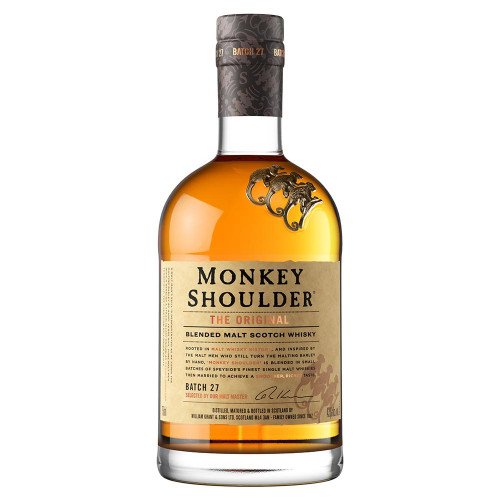


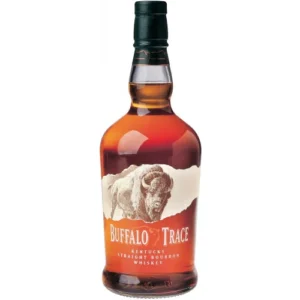


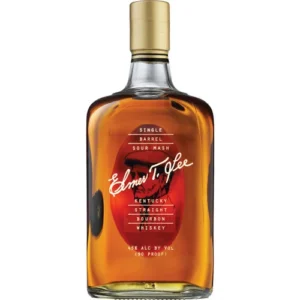
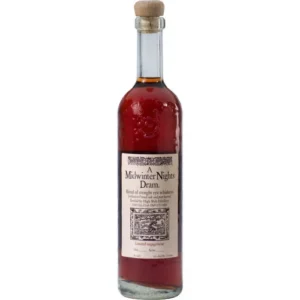


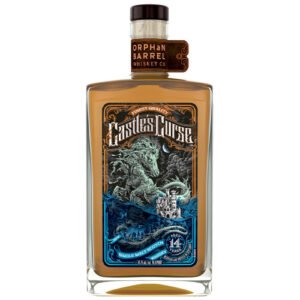
Reviews
There are no reviews yet.